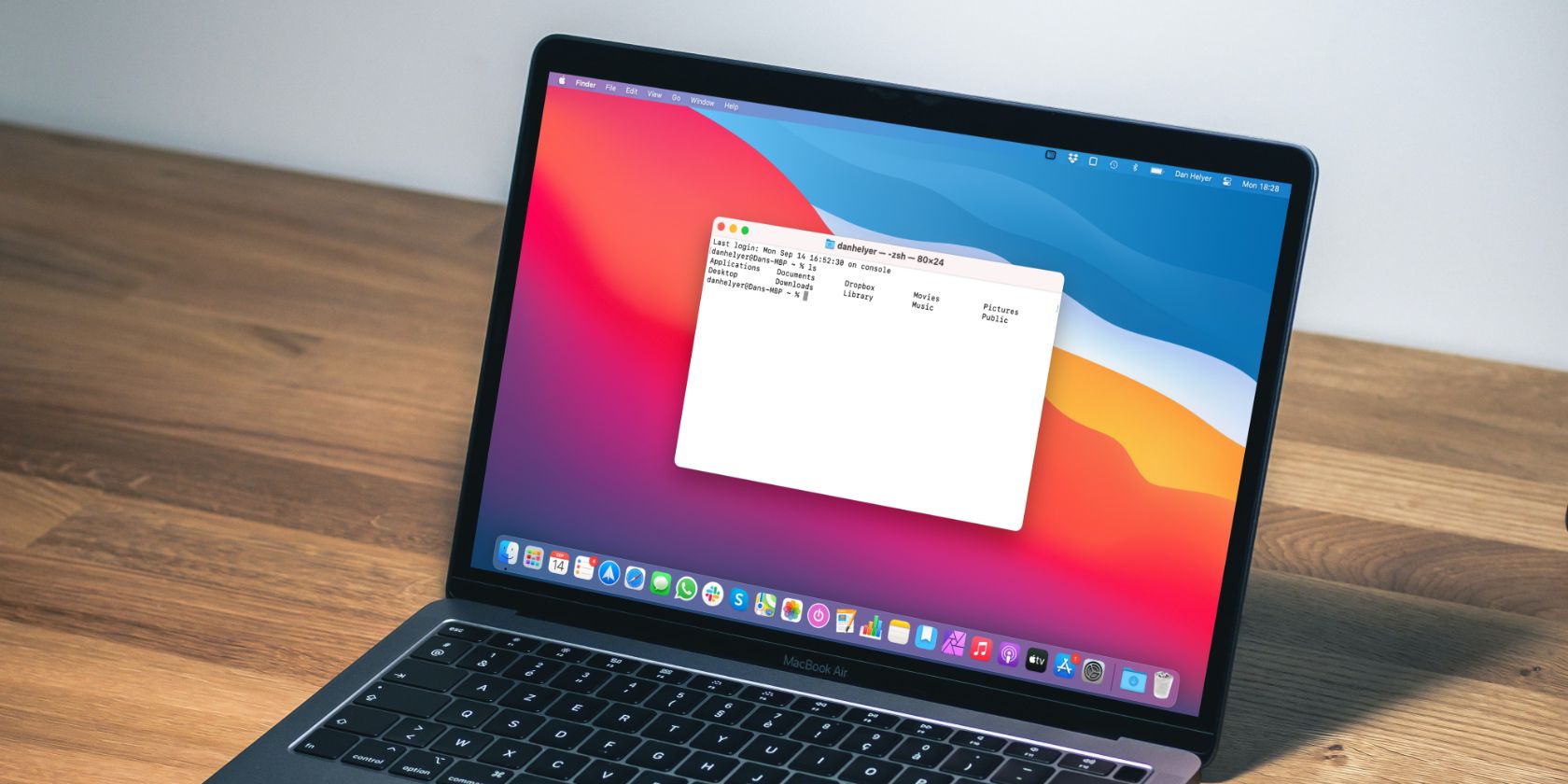
- #MAC OPEN TERMINAL IN FOLDER SHORTCUT HOW TO#
- #MAC OPEN TERMINAL IN FOLDER SHORTCUT MAC OS#
- #MAC OPEN TERMINAL IN FOLDER SHORTCUT CODE#
- #MAC OPEN TERMINAL IN FOLDER SHORTCUT DOWNLOAD#
For example, the pathname My Disk is “My Disk” or My\ Disk. You can click the magnifying glass Spotlight icon at the upper-right corner of Mac screen. Although some file systems permit the use of these other characters, including spaces, you might need to add single or double quotation marks around pathnames that contain them.įor individual characters, you can also use an escape character-that is, put a backslash character immediately before the character in your string. Avoid most other characters, including space characters. Most of these users aren’t traditional user accounts with home directories, but you should be able to find the short name of known users on the computer.įile and folder names can include letters, numbers, a period, or the underscore character. In macOS, this folder is in the local /Users folder or on a network server.įor a list of short names on your server, enter dscl. To specify another user’s Document folder, use the short name preceded by the tilde (~) character-for example, ~jsmith/Documents. Use 'New Tab' (Cmd+T) from within Terminal if you need another session with the same current folder.
#MAC OPEN TERMINAL IN FOLDER SHORTCUT MAC OS#
Click the new Terminal icon to launch it any time. Yoku 307 5 16 1 possible duplicate of Open terminal here in Mac OS finder Parag Bafna at 11:31 Add a comment 2 Answers Sorted by: 2 Drag the folder from Finder onto Terminal's dock icon. Drag the 'Terminal' icon from the search results to your Launcher bar. For example, to specify the Documents folder of the current user, enter ~/Documents. You can find this in the Launcher bar, and it has the Ubuntu logo. The tilde character represents the home folder of the logged-in user. For example, the string “./Test” represents a sibling folder (named Test) of the current folder. Two periods represent the parent folder of the current folder. For example, the string “./Test.c” represents the Test.c file in the current folder.
#MAC OPEN TERMINAL IN FOLDER SHORTCUT CODE#
Once you hit enter, VS Code will now open.A single period represents the current folder. Once your terminal is open, you can open VS Code from it by typing $ code. It may not be something you use every day unless you’re a developer, but the power is there if you need to call on it. There’s also another way to open folders: use the Terminal. Recents, Documents, or other listed folders: Choose a folder from the list. Tom Rankin The standard way to open any directory within macOS is to open a Finder window and use it to navigate to a specific location on your hard drive. Choose one of the following: Enclosing Folder: Choose this option to open the parent folder for the current window.For example, if you’re in your Downloads folder, this option opens your home folder. All you need to do is to open Siri and say 'Open Terminal'. One way of opening your terminal is hitting the command button and the spacebar at the same time. In the Finder on your Mac, choose the Go menu. A big thanks to Apple Inc, now users can use Siri to find anything on their Mac too. You can open your terminal in a few ways. On your Mac, open a Finder window, then navigate to the folder you want to use. You can use the path bar in a Finder window to open a new Terminal window or tab with the working directory set to a folder’s location.
#MAC OPEN TERMINAL IN FOLDER SHORTCUT HOW TO#
How to Open VS Code from the Terminalįirst, open up your terminal. Open new Terminal windows or tabs from the Finder. Now you can open VS Code from your terminal. Once you hit enter, voilà! You're all done. When you type shell, your editor should look like this: Next, into the command palette type shell and hit enter.


This will allow you to customize your VS Code settings, among other things. What we've done here is opened up the VS Code command palette. Once you have VS Code open, it should look like this: VS Code is a popular text editor created by Microsoft.
#MAC OPEN TERMINAL IN FOLDER SHORTCUT DOWNLOAD#
If you don't have VS Code yet, you can download it here. The first thing you'll need to do is open up VS Code.

Opening your text editor from your terminal is a quick, easy way to open up new projects and begin coding faster. In this tutorial, we'll go over how you can open the VS Code text editor (Visual Studio Code) from your Mac terminal.


 0 kommentar(er)
0 kommentar(er)
